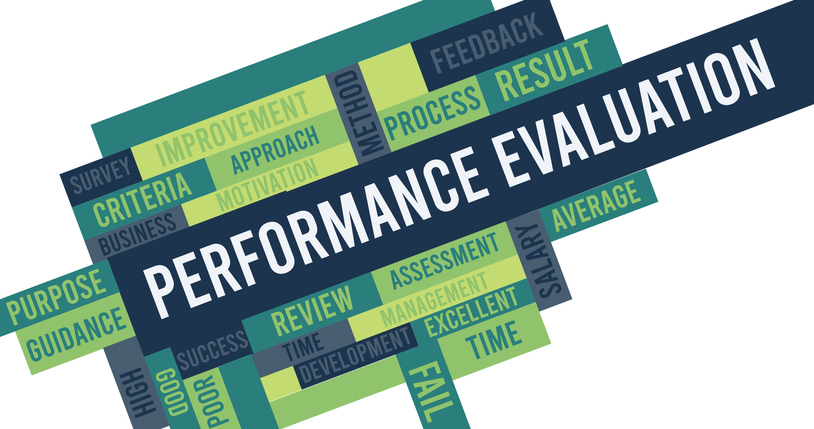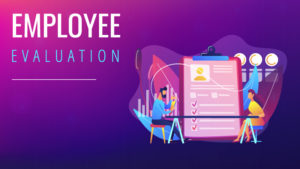Recruiting 2021: New Challenges, New Opportunities
The COVID-19 pandemic brought the entire nation to its knees. Large businesses sent staff home, some to work (many with slashed salaries), and some without a job. Small businesses disappeared entirely. Those fortunate enough to have a job tried to adapt to the new “work-from-home” routine. And those newly laid off or furloughed attempted to figure out how to look for a new job during a pandemic.
The workplace culture — and the hiring/recruiting practices essential to populating that culture — arguably has been changed forever.
Whether you are looking for staff, or looking for a position, it will be challenging doing it alone in the emerging post-pandemic world.
- For corporations, especially, it is essential to make Human Resources part of your business strategy, not just an afterthought.
- Individuals, meanwhile, need to ensure their job searches — and the way they present themselves — is consistent with the skills and experience important to companies in the new workplace environment.
Here are some insights into the new reality.
The Macro Situation
- A huge number (41%) of individuals who suffered a job loss have been unemployed for almost a year now, resulting in a crowded applicant market. The S. had approximately 23 million unemployed last April and the current number is still about 10 million.
- According to Statista, 47% of companies discouraged remote work and required employees to show up in the office before COVID-19. However, the past year saw even the most rigid employers allow staff to work from home. Now, almost 44% of companies have shifted to full-time remote work.
- According to Gallup, 59% of American employees who have been working remotely during the COVID-19 pandemic would prefer continuing to work from home as much as possible, after public health restrictions are eased.
Employer Hiring Challenges
For employers, the go-forward challenges are significant.
- Companies that previously laid off workers need to be concerned about lingering negative perceptions that may exist among employees/applicants.
- Employers that shifted to an office-less framework need to determine a set of traits that remote employees should possess and add new stages to the hiring process, such as behavioral and aptitude tests.
- Large unemployment numbers likely are causing a huge number of applicants — many unqualified — and employers can waste a lot of time simply reviewing and trying to determine qualified persons.
- Candidates increasingly are concerned about their health and safety. Employers have to validate that they’re going beyond just staying compliant to reduce fears so that employees will feel safe returning to the office.
- Employers will have to audit existing hiring processes, determine what had been working in the past, what hadn’t been working, and figure out how the new normal is going to change their recruitment strategies.
- They also will have to adapt their sales pitches based on additional benefits that they may be offering. For instance, the commuter stipend is no longer useful so they may have to introduce better home office setups, childcare benefits, and other wellbeing benefits.
Employee Search Challenges
Individuals, meanwhile, have new concerns that didn’t exist prior to the pandemic.
- Many have determined in the past year that remote work fits their personal and professional needs and are interested in continuing on that track. However, they also would be interested in not limiting the number of opportunities that are presented to them.
- They are also afraid that the new normal no longer includes jobs that clearly fit their pre-pandemic talents. And they may have to learn new skills to pivot.
- The glut of applicants can easily cause qualified applicants not to get noticed by prospective employers. With remote working becoming the norm, they may even have to face competition with a geographically diverse pool of candidates.
- When returning to the workplace, individuals may face different health risks depending on the kind of work they do, where they do it, and their own health conditions.
- They might feel apprehensive about working with a company that made hundreds of employees redundant in the past.
Moving Forward
Skilled and experienced recruiters provide an important solution for employers and job seekers. Identifying, recruiting, interviewing, and onboarding aren’t the only tasks a recruiter needs to provide in 2021. New skills needed include virtual interviewing and assessment, virtual background checks, virtual hiring, and also reshaping an employer’s identity. Most importantly, the right recruiter is focused and aligned with the employer’s goals.
At Incipio Workforce Solutions, we learned a great deal in 2020 and turned that experience into better systems, processes, and procedures to help our clients achieve their objectives. For example, many companies realized the six-month or yearly performance review no longer was effective. We’ve developed much better ways of setting goals and tracking effectiveness on both a personal and professional level.
Want to know more about Incipio? Get in touch with us right away to learn how we can help you achieve your goals.














 Being able to express yourself in a vulnerable and transparent way is empowering and helps everyone grow stronger. We’re not looking for an argument because that doesn’t change anyone. Instead, we have found what does change behavior is authenticity.
Being able to express yourself in a vulnerable and transparent way is empowering and helps everyone grow stronger. We’re not looking for an argument because that doesn’t change anyone. Instead, we have found what does change behavior is authenticity.




